Strip cards are a lesser-known but intriguing segment of the baseball card collecting hobby. They have a somewhat humble and often misunderstood history. However, they hold a distinct place in the timeline of sports cards. In this article, we’ll explore what strip cards are, how to identify them, their era of prevalence, and their general market value today compared to other types of cards.
What Are Strip Cards?
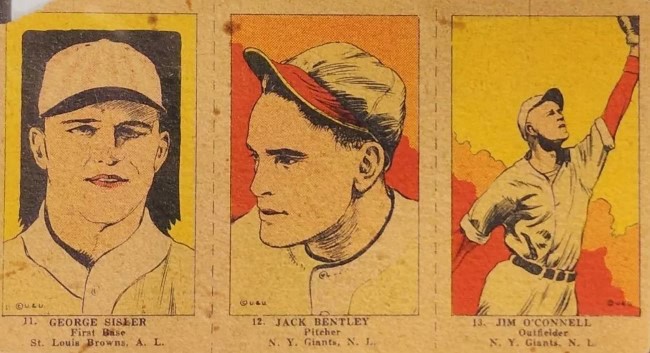
Strip cards, as the name suggests, are cards that were originally printed in strips and distributed in an uncut format. Typically, these cards were sold in candy stores, at newsstands, or through novelty shops. They were often intended as a low-cost entertainment item for children. The defining characteristic of strip cards is that they were not professionally cut. Instead, they were meant to be cut out by hand.
These cards often feature crude or simple artwork, compared to the polished lithography found on other baseball cards of the time. The artwork might range from hand-drawn likenesses to low-quality reproductions of player photographs. Due to the hand-cut nature of strip cards, their edges tend to be uneven or rough. This can significantly affect their value and grade today.
Strip cards are typically smaller than standard baseball cards. Their paper quality can also vary greatly, often using cheaper, low-grade paper. This was part of the reason they could be sold so cheaply to the public. Because these cards weren’t produced with the same care or intended longevity as other cards, surviving examples are often in poor condition. This contributes to their relative scarcity today.
How to Recognize Strip Cards
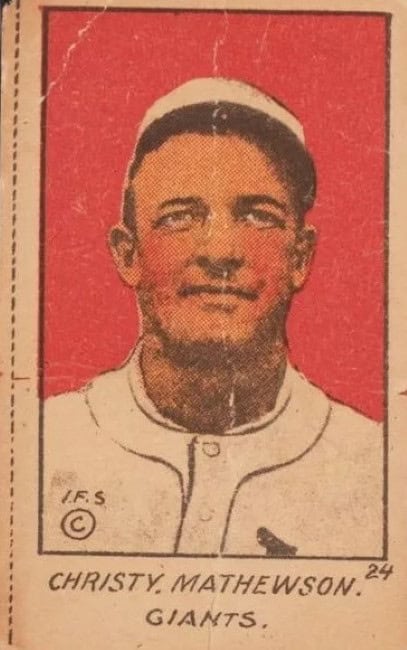
Identifying strip cards can be a bit challenging for novice collectors. However, there are several telltale signs that can help you distinguish them from other cards:
Hand-Cut Edges
One of the most recognizable features of strip cards is their hand-cut edges. Since these cards were sold as uncut strips, it was up to the buyer to cut them apart. As a result, edges can be uneven, rough, or irregular. This characteristic is one of the easiest ways to identify a strip card.
Strip Card Size
Strip cards are generally smaller than other standard baseball cards. They may vary in dimensions, depending on how the individual buyer cut them. Typically, they measure around 1 1/2 inches by 2 1/2 inches, though the sizes can vary within this range.
Strip Card Artwork
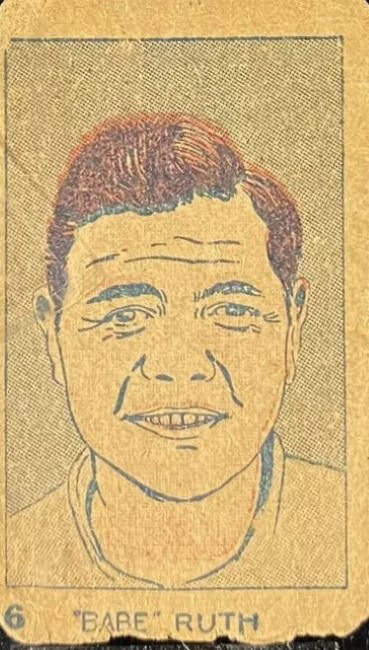
Strip cards were often cheaply produced. As a result, they lack the detailed, high-quality imagery seen in many tobacco or gum cards. The images on these cards are sometimes cartoonish or simplified versions of player likenesses.
Paper Quality
Unlike more expensive and carefully crafted cards, strip cards were printed on cheap, low-quality paper or thin cardstock. Over time, this paper tends to yellow, become brittle, or show wear more easily than other types of cards.
Lack of Manufacturer Information
Many strip cards don’t feature clear branding or information about their manufacturer. This distinguishes them from other popular cards of the era, such as tobacco or gum cards. Those usually carry logos, advertising, or manufacturer identification on the back.
Lack of Player and Team Information
While strip cards vary, many feature only basic information about the player—often just the player’s name and team name, without additional statistics or biographical data.
Popular sets include the W514, W516, W519, and W520 series, among others. Each set may differ slightly in design and artwork quality, but they all share the common characteristics of being hand-cut and printed in strips.
When Were Strip Cards Most Prevalent?
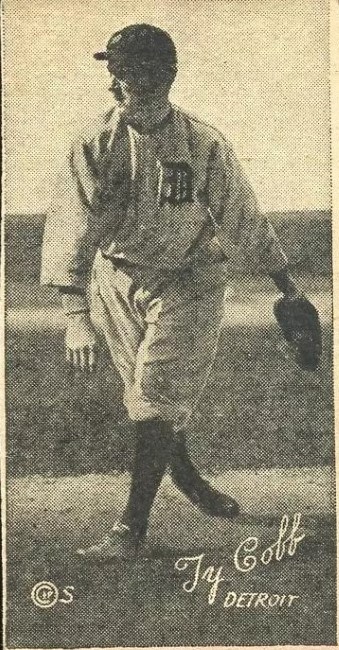
Strip cards emerged in the 1910s and remained prevalent through the 1920s. During this era, baseball card collecting was still in its infancy, and cards were often distributed through means other than the packs we’re familiar with today. They filled a niche market, offering kids an inexpensive way to collect and trade images of their favorite players.
The 1920s were the heyday of strip cards, coinciding with a time when baseball was arguably at its peak in American pop culture, largely due to players like Babe Ruth, Ty Cobb, and Lou Gehrig dominating the sport. While more professionally produced cards like the T206 series (tobacco cards) were highly sought after, they provided a more accessible option for children who couldn’t afford premium cards.
As the 1930s began, the rise of gum cards, notably produced by companies like Goudey, led to the decline of strip cards. By the end of the 1930s, they had largely faded from the baseball card landscape, replaced by more modern and standardized card formats that offered greater artistic detail and consistent quality.
Strip Card Value and Comparison
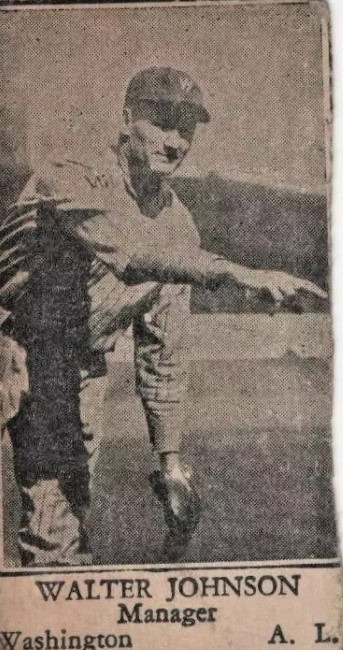
Today, the value of strip cards can vary significantly depending on factors like condition, player, and rarity. While they may not be as highly sought after as T206 cards or modern high-grade autographed cards, strip cards hold a unique place in the baseball card market.
Strip Card Condition
Condition plays a major role in determining the value of a strip card. Due to their hand-cut nature and the low-quality paper used, finding a strip card in excellent condition is extremely rare. Cards that have been poorly cut, have creases, or exhibit heavy wear are less valuable. A strip card in near-mint condition, however, can be quite valuable—especially if it features a Hall of Fame player.
Featured Players
As with any type of card, the player featured significantly impacts the value. Babe Ruth, Ty Cobb, and other early 20th-century legends can command substantial sums even in lower-grade condition. For instance, a W514 Babe Ruth strip card can fetch several thousand dollars, depending on the grade.
Strip Card Grading
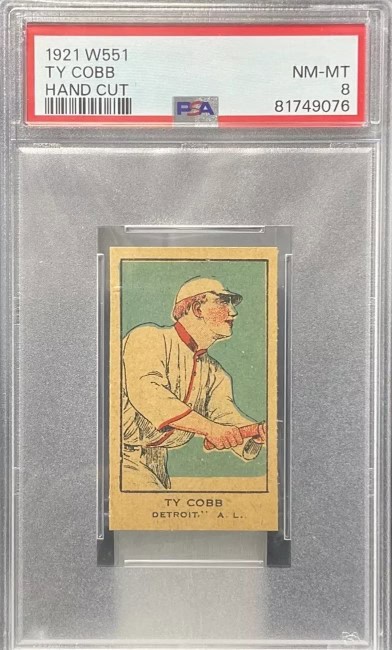
Grading companies such as PSA and SGC provide valuable services for collectors by assessing the condition and authenticity of a strip card. However, grading can be tricky for these cards due to their hand-cut nature. Graders take into account the centering and the roughness of the edges, making it harder for them to achieve high grades. Even low-grade strip cards can sell for respectable amounts, particularly when the player is highly sought after.
Strip Card Rarity
Some sets of strip cards are more common than others. The W514 set, for example, was printed in relatively high quantities compared to other strip card sets. That being said, the overall rarity of these cards, especially in good condition, makes them attractive to certain collectors looking for more obscure pieces of baseball history.
In general, strip cards are often valued less than tobacco or gum cards from the same era. For example, while a high-grade T206 Honus Wagner card can fetch millions, even the most valuable strip cards typically sell for thousands or tens of thousands of dollars at most. However, because they were often seen as disposable and were frequently mishandled, the supply of well-preserved examples is small, which has helped sustain their market value.
The Appeal of Strip Cards to Collectors
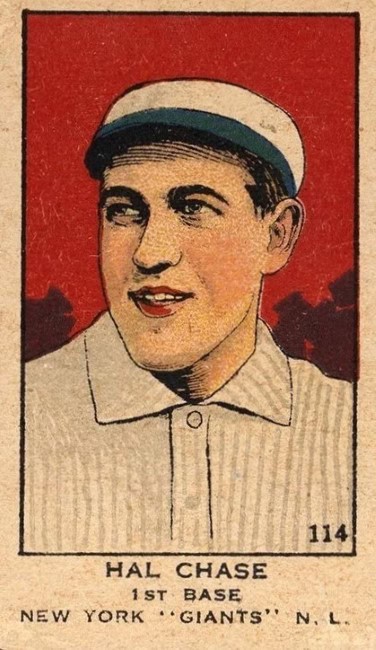
While strip cards don’t always achieve the sky-high prices of other vintage cards, they have a dedicated following among collectors who appreciate their unique qualities. For some, they represent an affordable way to own a piece of early baseball history. The crude artwork and low-quality materials can give these cards a certain charm, representing the simplicity and innocence of early 20th-century American culture.
Strip cards also appeal to collectors who enjoy the challenge of finding rare and unusual items. Because they were produced by a wide variety of manufacturers (often anonymously), and because they were distributed in such an informal way, there is still a great deal of mystery surrounding many strip card sets. For example, there are many strip card issues that remain unlisted or unidentified, providing an ongoing opportunity for discovery in the hobby.
Additionally, some collectors enjoy the artistic imperfections of strip cards. While modern cards strive for photographic realism and precision, they often feature cartoonish or exaggerated depictions of players. These artistic quirks give each card a distinctive character, adding to their charm.
Conclusion
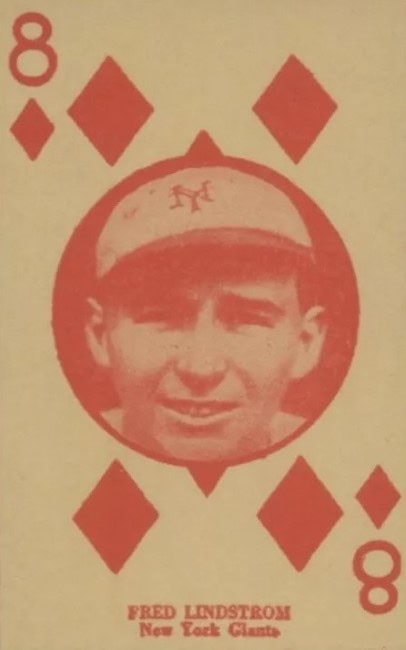
Strip cards occupy a fascinating niche in the world of baseball card collecting. Though they may not receive the same attention as tobacco or gum cards, they represent an important era in the history of the hobby. With their hand-cut edges, crude artwork, and affordable origins, strip cards offer collectors a chance to own a piece of early baseball memorabilia at a relatively accessible price point.
As with all collectibles, condition, rarity, and player significance play crucial roles in determining the value of strip cards today. While they may not reach the astronomical values of other types of vintage cards, they still hold significant value for collectors seeking unique and historical items. Whether you’re a seasoned collector or just getting started, strip cards are worth considering for the history, charm, and unique artistry they bring to the hobby of baseball card collecting.



